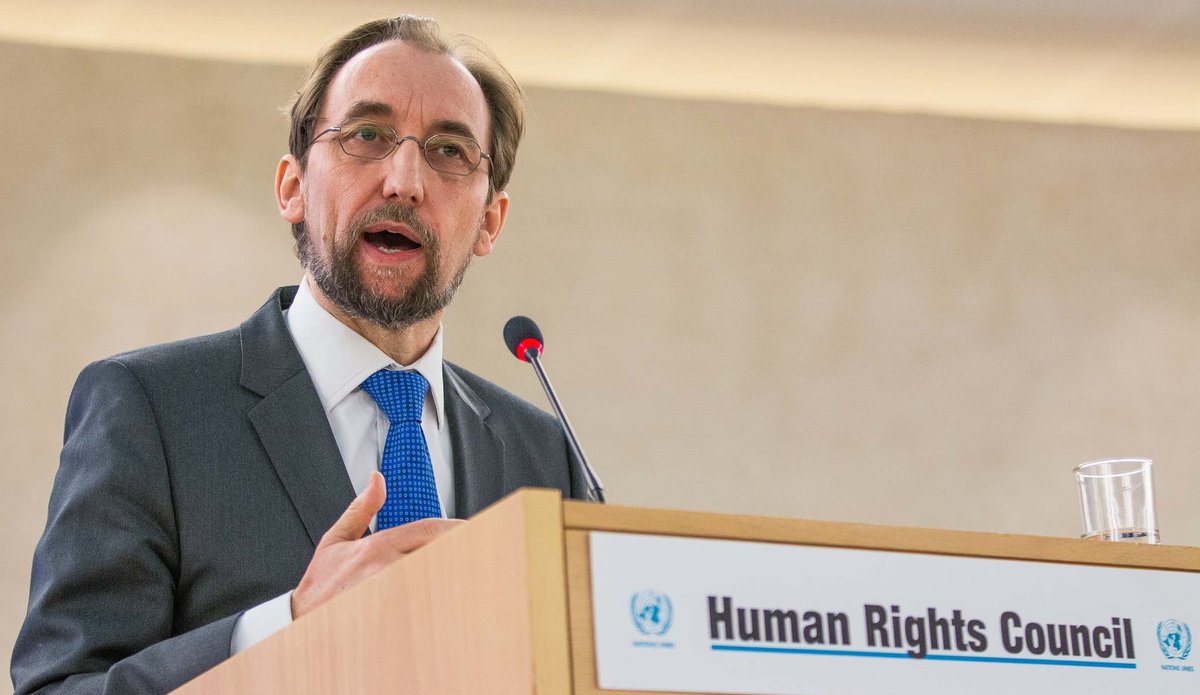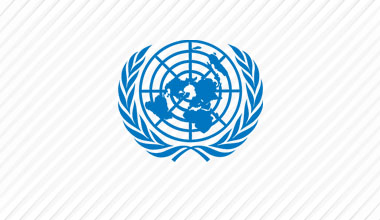DRC: Victims’ harrowing accounts indicate Government complicity in ethnic-based massacres in Kasai – UN report
GENEVA (4 August 2017) – Violence in the Kasai provinces of the Democratic Republic of the Congo appears to be taking on an increasing and disturbing ethnic dimension, a report by the UN Human Rights Office has warned. Information gathered by a team of UN human rights investigators* suggests that some of the violations and abuses committed in the Kasais may amount to crimes under international law.
The report is based on interviews with 96 people who had fled to neighbouring Angola to escape the violence in Kamonia territory in Kasai. The UN team was able to confirm that between 12 March and 19 June some 251 people were the victims of extrajudicial and targeted killings. These included 62 children, of which 30 were aged under eight. Interviewees indicated that local security forces and other officials actively fomented, fuelled, and occasionally led, attacks on the basis of ethnicity. The UN Mission in the DRC has identified at least 80 mass graves in the Kasais.
The team saw people who had been seriously injured or mutilated, including a seven-year-old boy who had had several fingers cut off and his face totally disfigured. A woman whose arm had been chopped off recounted how she managed to escape, hiding for several days in the forest before reaching the Angolan border and being airlifted to hospital. Some of the refugees pleaded with the UN team to be heard, and two of the people they interviewed died shortly afterwards from their injuries.
“Survivors have spoken of hearing the screams of people being burned alive, of seeing loved ones chased and cut down, of themselves fleeing in terror. Such bloodletting is all the more horrifying because we found indications that people are increasingly being targeted because of their ethnic group,” said UN High Commissioner for Human Rights Zeid Ra’ad Al Hussein. “Their accounts should serve as a grave warning to the Government of the DRC to act now to prevent such violence from tipping into wider ethnic cleansing.”
“I call on the Government to take all necessary measures to fulfil its primary obligation to protect people from all ethnic backgrounds in the greater Kasai area,” he added.
The fighting began in August 2016 between the Kamuina Nsapu militia and the Government. The UN team was able to confirm that another militia, called the Bana Mura, was formed around March/April 2017 by individuals from the Tshokwe, Pende and Tetela ethnic groups. It was allegedly armed and supported by local traditional leaders and security officials, including from the army and the police, to attack the Luba and Lulua communities who are accused of being accomplices of the Kamuina Nsapu.
According to the report, “the Bana Mura allegedly undertook a campaign aimed at eliminating the entire Luba and Lulua populations in the villages they attacked.” In many of the incidents reported to the team, FARDC soldiers were seen leading groups of Bana Mura militia during attacks on villages.
“The Government’s responsibility includes ensuring that those who organised, recruited and armed the Bana Mura or other militias are identified and prosecuted,” the High Commissioner stressed.
Many Luba and Lulua witnesses and victims said that the Bana Mura militia carried out what appeared to be well-planned attacks on several villages in Kamonia territory in April and May. Wearing white bandanas made from mosquito nets and bracelets of leaves, the Bana Mura attacked Luba and Lulua inhabitants, beheading, mutilating and shooting victims; in some cases burning them alive in their homes.
In one of the most shocking attacks, in the village of Cinq, 90 patients, colleagues and people who had sought refuge in a health centre were killed, including patients who could not escape when the surgical ward was set on fire.
Victims’ accounts included a woman who told the team how the militia killed her husband, attacked her daughter with machetes, and shot her and her 22-month-old son, who later had to have his leg amputated at a hospital in Angola. The team also heard accounts of rape and other forms of sexual and gender-based violence.
People also told the UN team that the Kamuina Nsapu militia carried out targeted killings, including against the military, police, and public officials.
In all incidents documented by the team, the Kamuina Nsapu were reported to have used boys and girls, many aged between seven and 13, as fighters. Witnesses also said groups of girls called “Lamama” accompanied the militia, shaking their straw skirts and drinking victims’ blood as part of a magic ritual that was supposed to render the group invincible. All the refugees interviewed by the team said they were convinced of the magical powers of the Kamuina Nsapu.
“This generalised belief, and resulting fear, by segments of the population in the Kasais may partly explain why a poorly armed militia, composed to a large extent of children, has been able to resist offensives by a national army for over a year,” the report says.
Given the situation in the Kasais, the report highlights the need for the team of international experts on the situation in the Kasais, established in June by the UN Human Rights Council, to be granted safe and unrestricted access to information, sites and individuals deemed necessary for their work.
This report will be put at the disposal of the international experts, as well as any other judicial institution addressing the human rights situation in the Kasais, in an effort to advance accountability efforts in this regard.
ENDS
*The UN team was deployed to Angola from 13 to 23 June.
Read the report – Accounts of Congolese fleeing the crisis in the Kasai region, in the democratic Republic of the Congo – here:www.ohchr.org/Documents/Countries/Africa/OHCHRMissionreportonaccountsofKasairefugees.docx
Download photos here: http://www.ohchr.org/SiteCollectionImages/Countries/CD/photos.zip
Satellite imagery available here:http://www.ohchr.org/SiteCollectionImages/Countries/CD/UNOSAT_Kasai.zip
Video interview with Scott Campbell, chief of Central and West, UN Human Rights Office. Link available until 10 August: https://we.tl/sfgJOdKW1r
For more information and media requests, please contact:
Liz Throssell - + 41 22 917 9466 / ethrossell@ohchr.org
Ravina Shamdasani + 41 22 917 9169 / rshamdasani@ohchr.org
 UN
UN United Nations Peacekeeping
United Nations Peacekeeping




